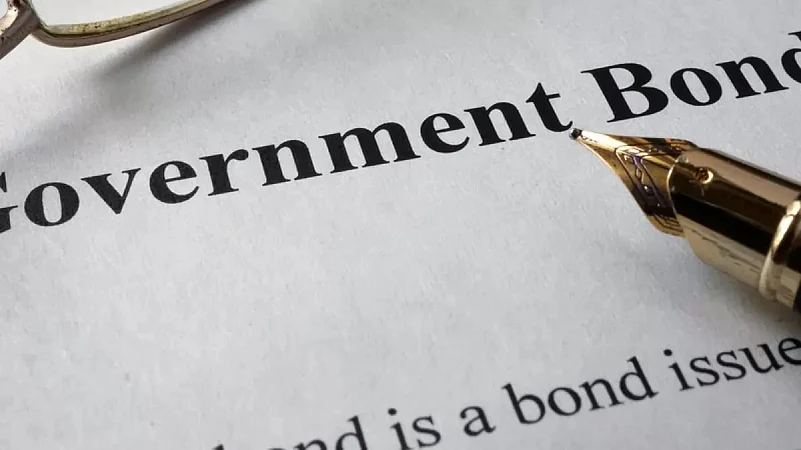The Reserve Bank of India (RBI) has announced the next weekly auction of its Treasury bills and state government bonds, with indicative yields further down from the previous weeks.
The bidding runs from 6:30 pm on May 4 to 8 am on May 10. Net banking users can purchase these securities until 11:30 pm on May 8, and UPI users can buy them until 8 am on May 10.
This time, the indicative yields for Treasury bills are 6.86 per cent, 6.97 per cent, and 6.98 per cent for three months, six months and 364 days, respectively.
In state government bonds or state development loans (SDLs), Andhra Pradesh has the highest interest rates among other states at 7.43 per cent, maturing on May 10, 2040, one of the longest-duration SDLs.
Besides Andhra Pradesh, Haryana, Tamil Nadu, and Punjab are auctioning SDLs. However, while Punjab and Andhra Pradesh have bonds for multiple durations, Haryana and Tamil Nadu only have one each.
Andhra Pradesh has SDLs for three other durations: May 10, 2031, May 10, 2033, and May 10, 2043, with indicative yields of 7.38 per cent, 7.36 per cent, and 7.37 per cent, respectively.
Punjab’s SDLs will mature on April 19, 2038, and May 3, 2043, with indicative yields of 7.41 per cent and 7.37 per cent, respectively. Haryana’s state government bonds will mature on May 10, 2031, with yields of 7.38 per cent, while Tamil Nadu’s SDLs will mature on May 10, 2033, with yields of 7.39 per cent.
RBI’s Repo Rate Pause
RBI had also recently auctioned three central government bonds of different durations. However, of late, the interest rates on government securities have been drawn back as RBI paused its repo rate hikes.
For the first quarter of FY2023-24, the central bank kept the repo rate unchanged at 6.5 per cent, noting that it will continue to watch closely the country’s inflation scenario, which had skyrocketed last year.
Some experts believe the repo rate hike cycle may have come to its last leg, and RBI may soon start reversing the interest rates. Many existing and potential borrowers were in a tight spot over the increasing interest rates over the past year, which made loans across the spectrum very expensive.














